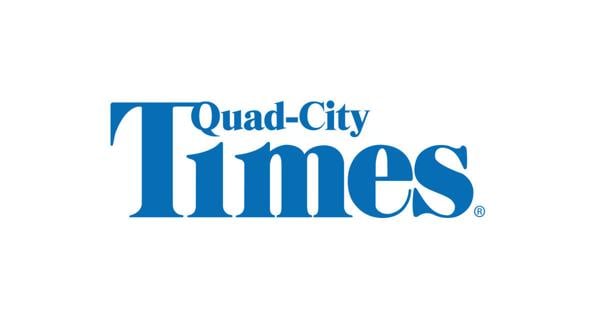AMES — A new era has officially dawned in college athletics, as Iowa State University (ISU) makes a landmark decision to begin sharing revenue directly with its student-athletes. This pioneering move, effective Tuesday, positions ISU at the absolute forefront of a national discussion regarding student-athlete compensation and the rapidly evolving economic model underpinning university athletics.
Historically, college athletics operated under a model where highly talented student-athletes, despite being the primary generators of significant revenue for their institutions through ticket sales, sponsorships, and media rights, were limited to scholarships and modest stipends. This long-standing paradigm, often debated for its fairness, has faced increasing scrutiny, particularly with the recent seismic shifts in Name, Image, and Likeness (NIL) policies and growing advocacy for enhanced athlete rights and equitable financial recognition.
ISU’s initiative represents a significant departure from this traditional structure, directly addressing the call for a more balanced financial ecosystem within college athletics. By implementing a robust revenue sharing model, the university aims to provide its athletes with a more equitable share of the financial success directly attributable to their performance, brand, and overall contribution to the institution’s athletic prosperity. This proactive approach by ISU is set to redefine the relationship between university and athlete.
The impact of ISU’s decision is expected to resonate far beyond Ames, potentially accelerating similar policy changes across the National Collegiate Athletic Association (NCAA). As other institutions keenly observe and evaluate the feasibility and broad implications of such a direct compensation model, ISU’s bold step could serve as a powerful precedent. This shift underscores a growing momentum towards recognizing college athletes as direct financial contributors, not merely beneficiaries of educational opportunities.
While the prospect of enhanced athlete well-being and improved recruitment capabilities is a significant positive, experts caution that this groundbreaking move also introduces complex challenges. Foremost among these are intricate issues surrounding transparent revenue allocation, maintaining competitive balance across diverse athletic programs, and ensuring the long-term financial sustainability for institutions adopting similar models. Navigating these complexities will be crucial for the widespread adoption and success of revenue sharing in college athletics.
Ultimately, ISU’s decision marks a critical turning point in the landscape of college athletics, signifying a future where student-athletes may increasingly be recognized and compensated as direct contributors to their university’s financial prosperity. This development is poised to spark further debate and undoubtedly influence the evolving financial dynamics of the NCAA, as the sector adapts to a new definition of athlete value and engagement.
Discover more from The Time News
Subscribe to get the latest posts sent to your email.





